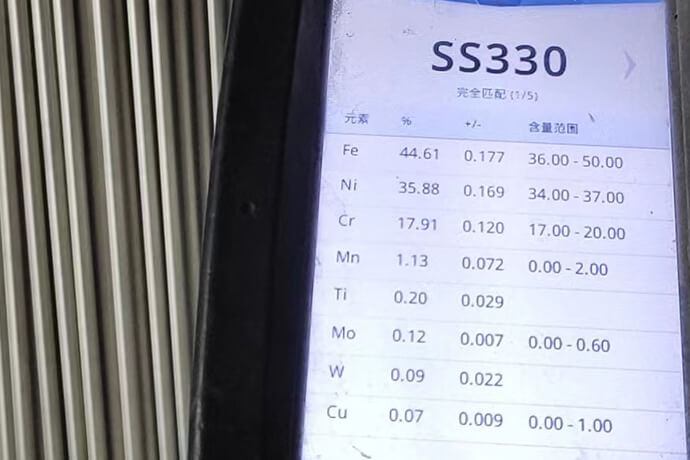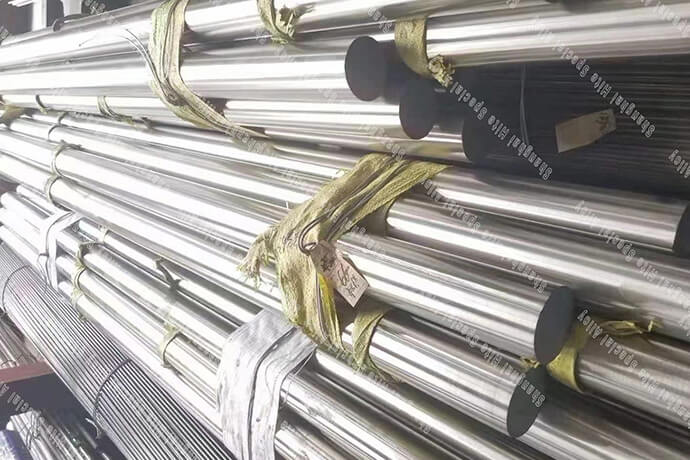On October 22, the global mineral resources strategic research center of China Geological survey released the evaluation report on global lithium, cobalt, nickel, tin and potassium mineral resources reserves (2021). One belt, one road map, is the first time that China's research institutes have formed the first professional report on the global mineral reserves data system established independently. It is also an important information product and service provided by our research institutions for international mining enterprises to invest and manage, to supply and supply global resources, and to "cooperate and develop" along the way.
It is reported that the appraisal report systematically collected the "first-hand" data of 3168 mining projects around the world, and comprehensively and objectively reflected the reserves and distribution characteristics of five kinds of global mineral resources: lithium, cobalt, nickel, tin and potassium. According to the data, by 2020, the global lithium ore (lithium carbonate) reserves were 128 million tons and the resources were 349 million tons, mainly distributed in Chile, Australia, Argentina, Bolivia and other countries. Cobalt reserves are 6.68 million tons and resources are 23.44 million tons. Congo (DRC), Indonesia, Australia and other countries are the most abundant. Nickel ore reserves are 90.63 million tons and resources are 260 million tons. Indonesia ranks first in the world. Australia, Russia and other countries are rich in resources. Tin ore reserves are 3.27 million tons and resources are 8.07 million tons. China, Russia, Southeast Asia and other countries and regions are the main producing areas of tin ore. Global potassium salt (potassium chloride) reserves are 12.9 billion tons and resources are 43 billion tons. The reserves of Russia, Canada, Belarus and Turkmenistan account for 80% of the world. Russia has surpassed Canada to become the largest country in potassium salt reserves. From the consumer side, in 2020, the global consumption of lithium (lithium carbonate) is about 400000 tons, cobalt is about 170000 tons, nickel is about 2.4 million tons, tin is about 380000 tons and potassium salt (potassium chloride) is about 54 million tons. Compared with the existing reserves, the guarantee degree of global lithium, nickel and potassium resources is high, and the guarantee degree of cobalt and tin is relatively low.
It is understood that in the next step, the China Geological Survey of the Ministry of natural resources will accelerate the establishment and improvement of the global mineral resource reserve data system and evaluation mechanism, plan to complete the dynamic evaluation of the reserves of 40 important mineral resources in the world in five years, release services in time, and actively contribute Chinese wisdom and strength to promoting global mining cooperation and building a global mining community of common destiny.

 Location:
Location:












